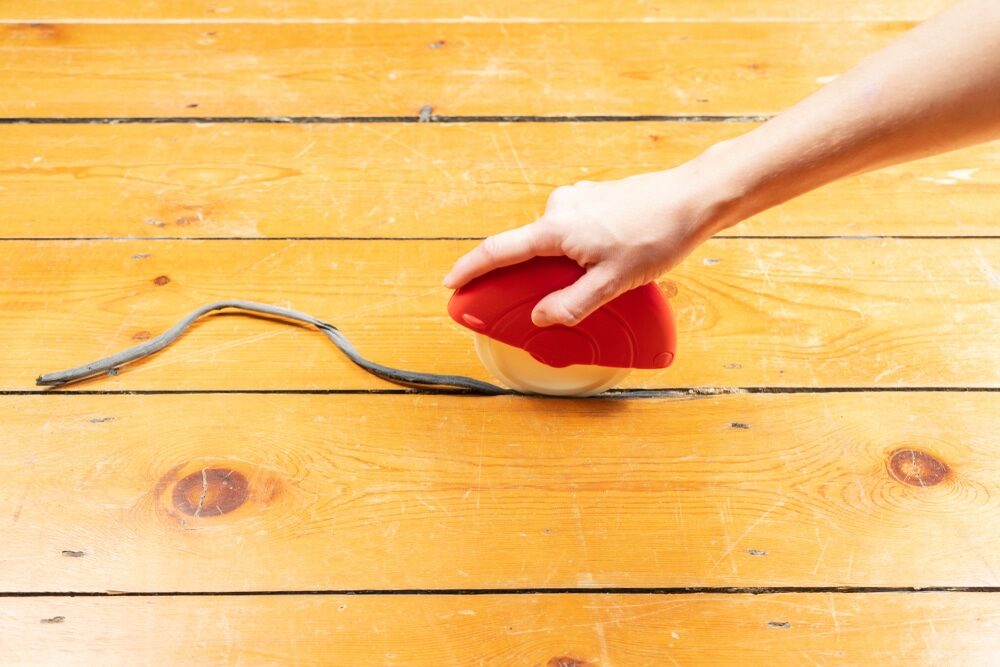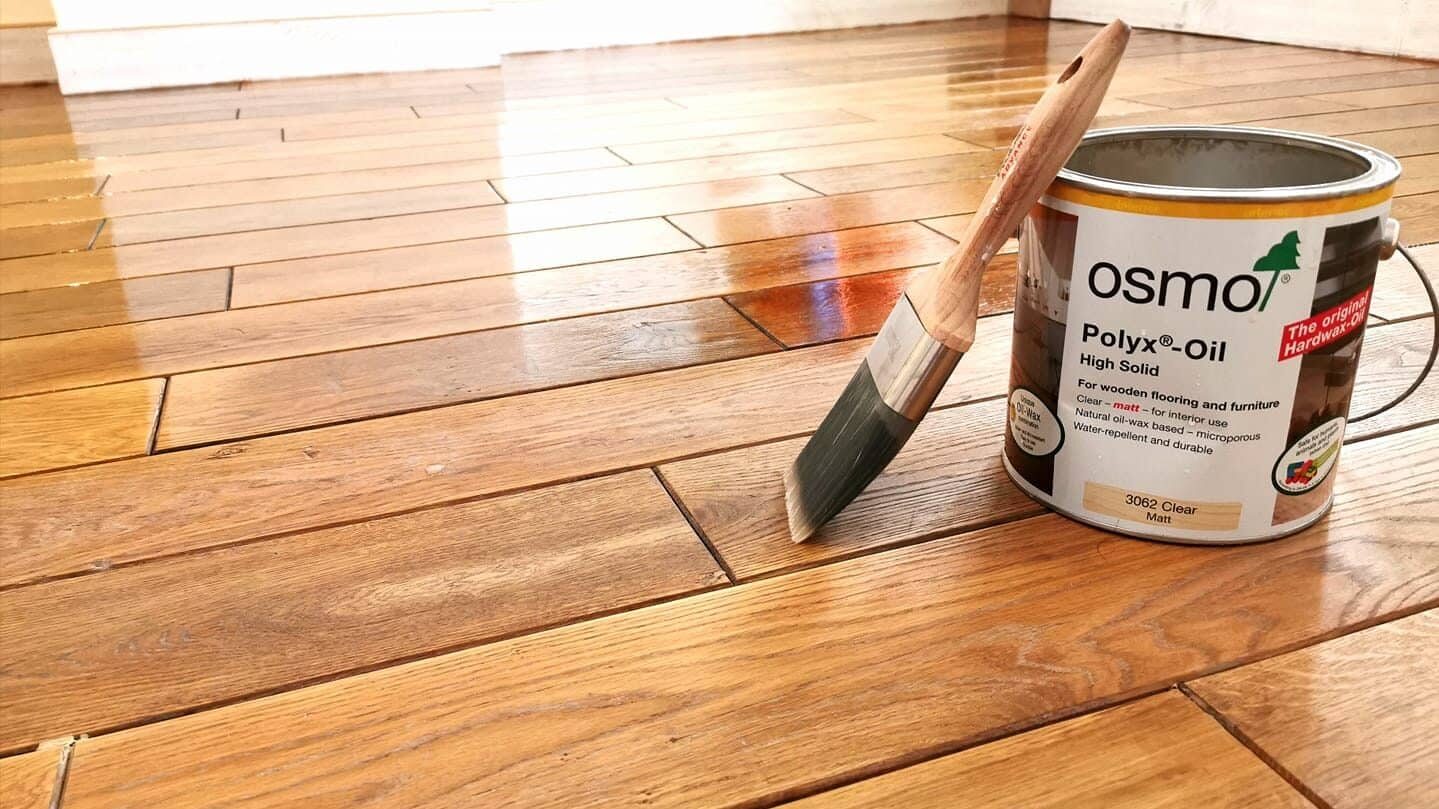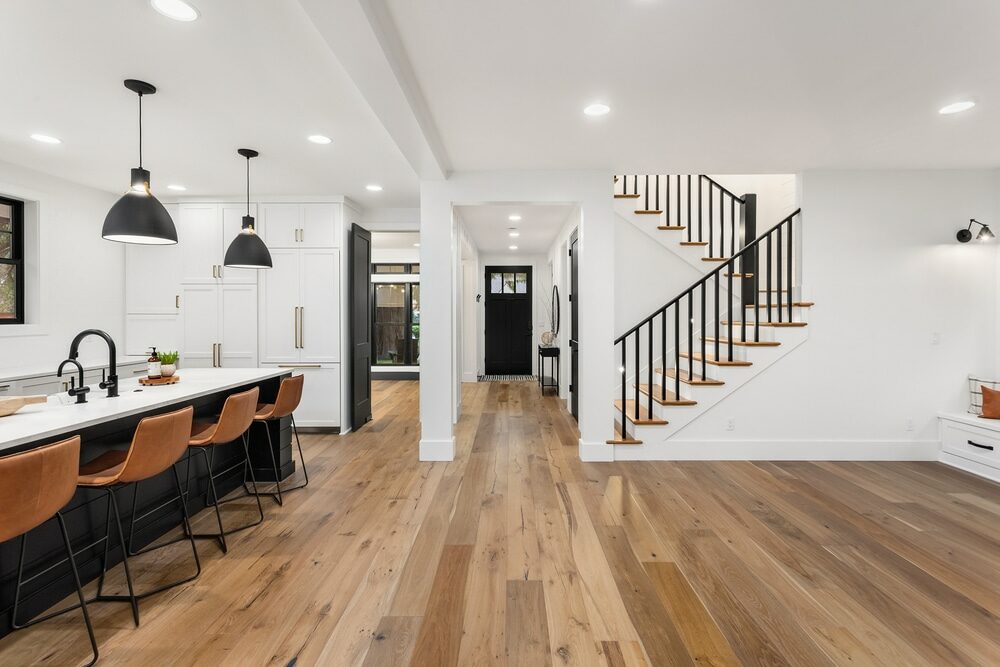London:
Nationwide:
Top Wood Floor Restoration Tips: Essential Concerns for Reviving Your Hardwood Floors
Posted on April 22, 2023
Blog
Key Tips and Essential Considerations for Revitalizing Your Hardwood Floors
Hardwood floors are a timeless, elegant feature in any home, but over time, they may lose their luster due to wear and tear. With proper wood floor restoration, you can restore their original shine and make them look new again. This comprehensive guide will discuss essential tips and concerns for reviving your hardwood floors, including assessing the damage, preparing the floor, and choosing the right refinishing technique. By following these expert recommendations, you’ll be on your way to restoring your hardwood floors to their former glory.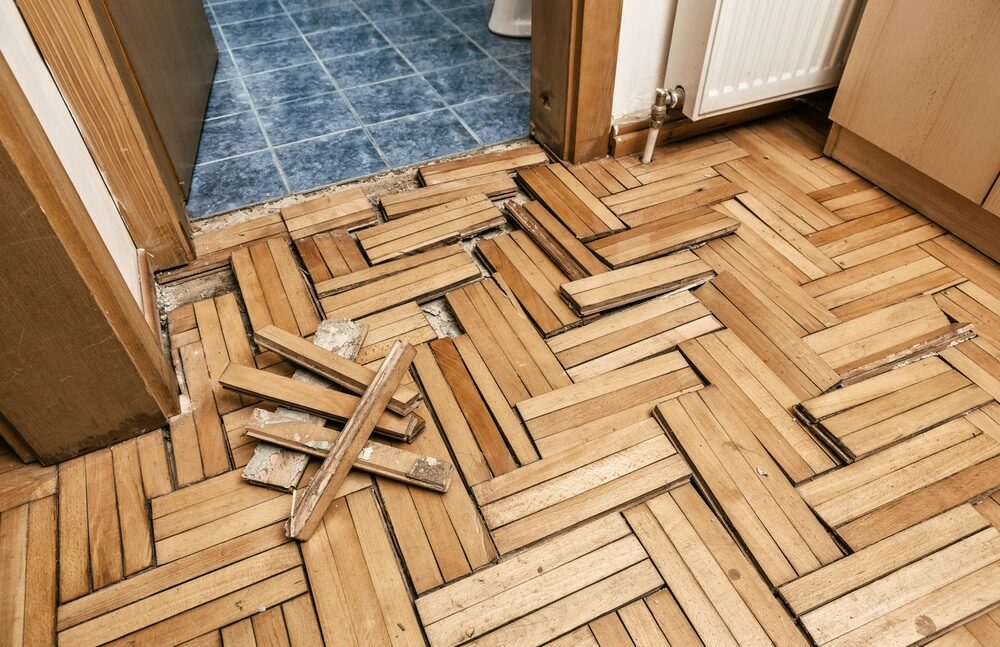
1. Assessing the Damage
Before embarking on the restoration process, it’s crucial to evaluate the current state of your hardwood floors. This section will cover: a. Identifying common types of damage: scratches, dents, water damage, and discoloration b. Determining the severity of the damage: superficial, moderate, or severe c. Deciding whether to repair or replace damaged planks d. Considering the age and overall condition of the floor: is restoration the best option?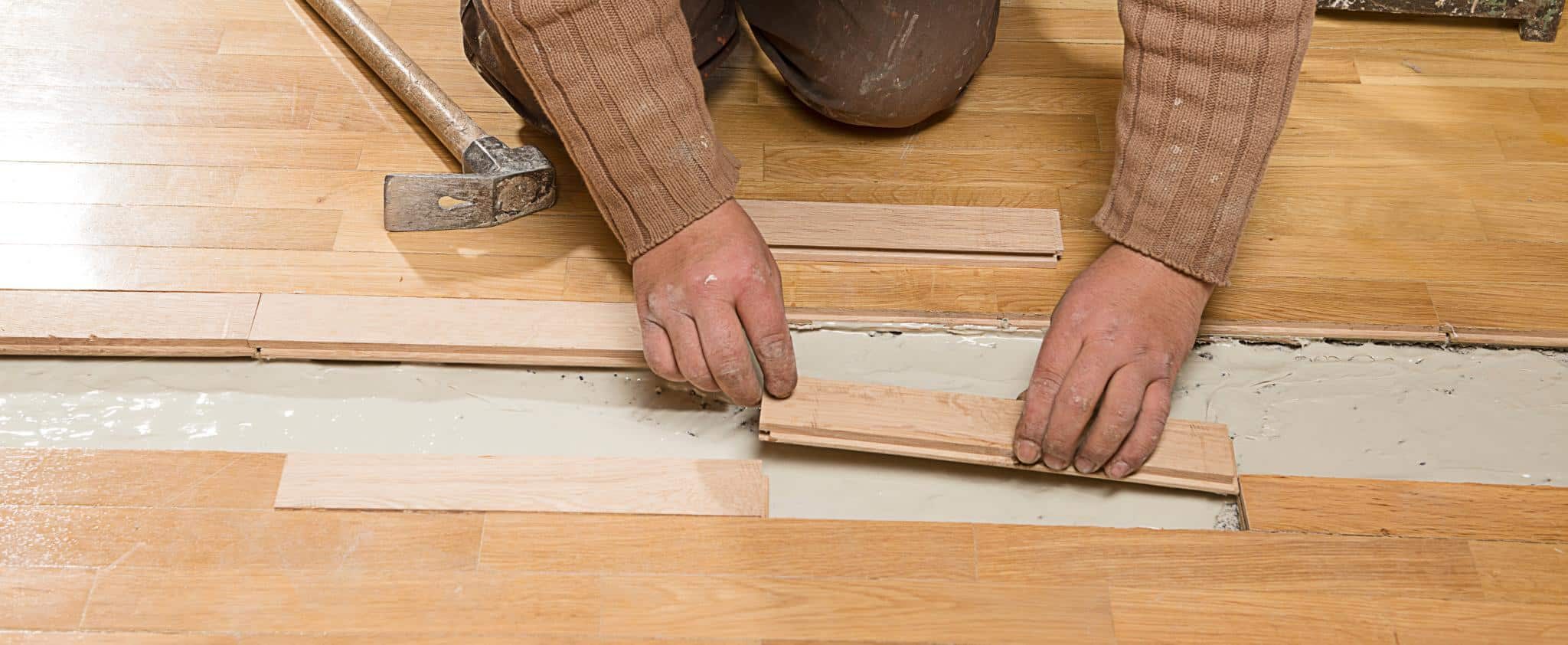
2. Preparing the Floor
Proper preparation is key to a successful wood floor restoration. In this section, we’ll discuss essential steps to take before beginning the refinishing process, including: a. Clearing the room: removing furniture, rugs, and other items b. Repairing and replacing damaged boards c. Cleaning the floor: sweeping, vacuuming, and using a hardwood floor cleaner d. Filling gaps and cracks: using wood filler or other appropriate materials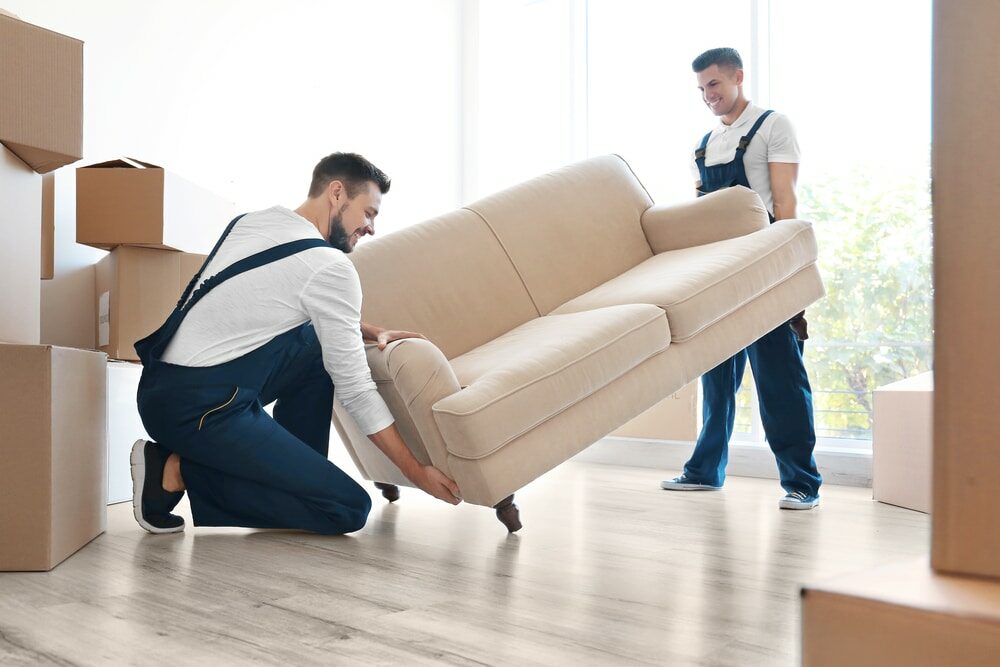
3. Choosing the Right Refinishing Technique
There are several methods to restore hardwood floors, each with its pros and cons. This section will explore the following techniques: a. Sanding: traditional method involving the removal of the top layer of the wood to reveal a fresh surface i. Types of sanders: drum, orbital, and edging sanders ii. Sandpaper grits: selecting the appropriate grit for your floor’s condition b. Screening and recoating: less invasive alternative to sanding, ideal for floors with minor damage i. Buffing the floor with a screening pad ii. Applying a new coat of finish c. Hardwood floor refinishing products: chemical-based solutions that remove the finish without sanding i. Advantages and disadvantages ii. How to use refinishing products effectively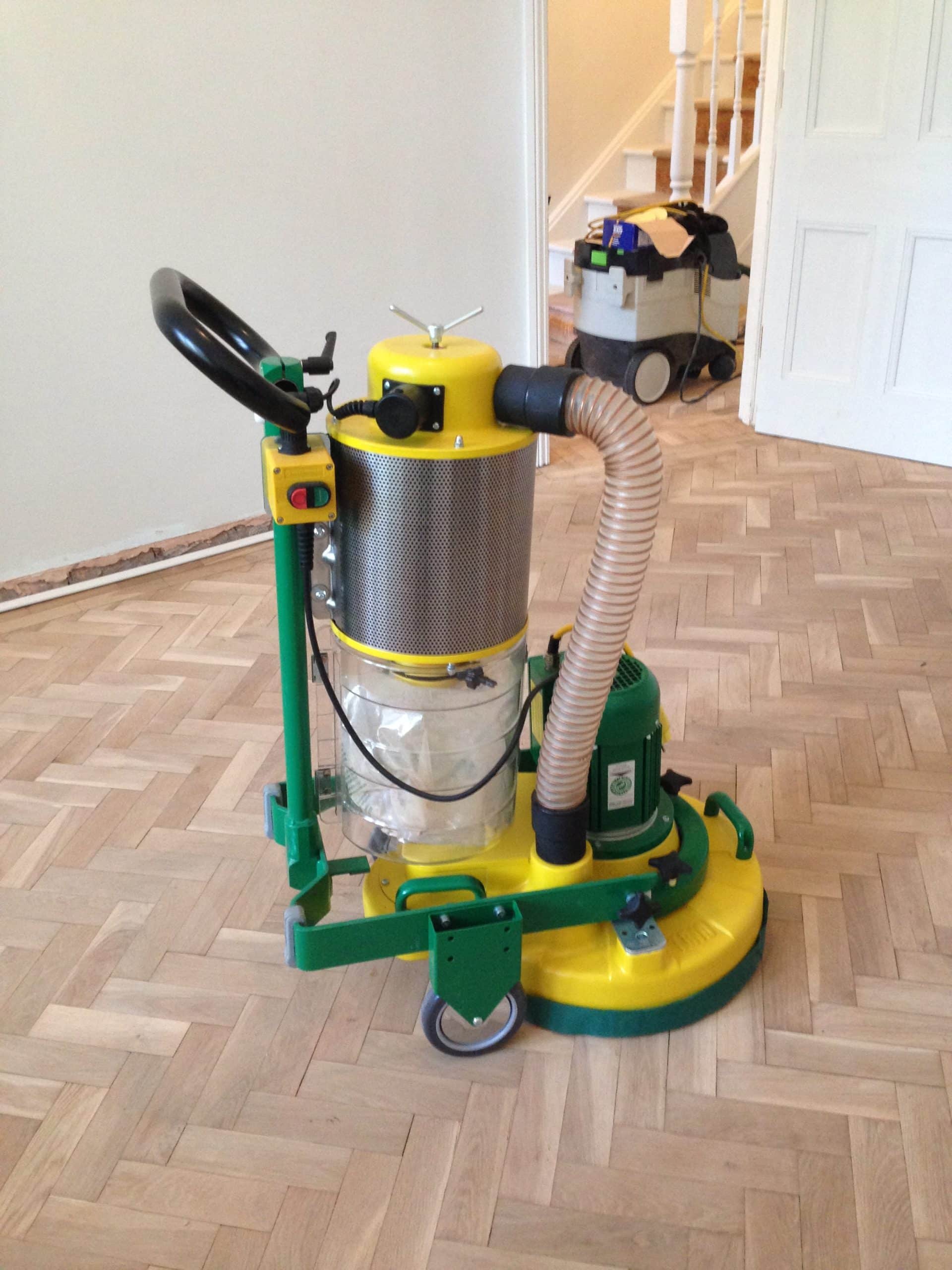
4. Selecting the Right Finish
Choosing the right finish for your hardwood floors is crucial for both aesthetics and durability. This section will discuss: a. Types of finishes: oil-based polyurethane, water-based polyurethane, and natural oils b. Comparing finish durability, drying times, and environmental impact c. Matching the finish to your wood species and room usage d. Tips for applying the finish evenly and avoiding common pitfalls.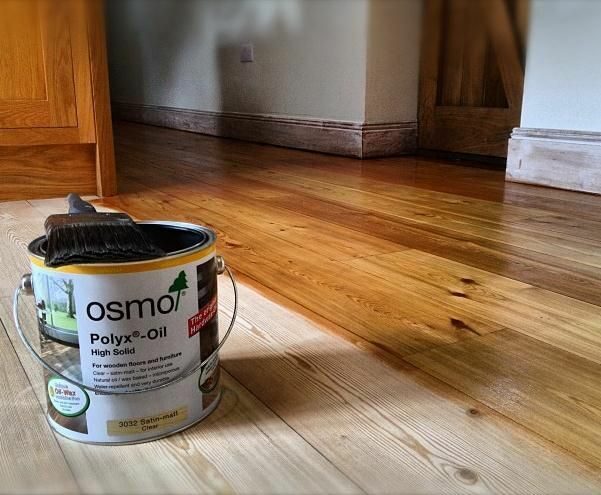
5. Maintaining Your Restored Hardwood Floors
a. Daily cleaning: sweeping, vacuuming, and using appropriate hardwood floor cleaners b. Preventing scratches and dents: furniture pads, area rugs, and avoiding high heels c. Addressing spills and water damage promptly d. Scheduling periodic maintenance: recoating and refinishing as needed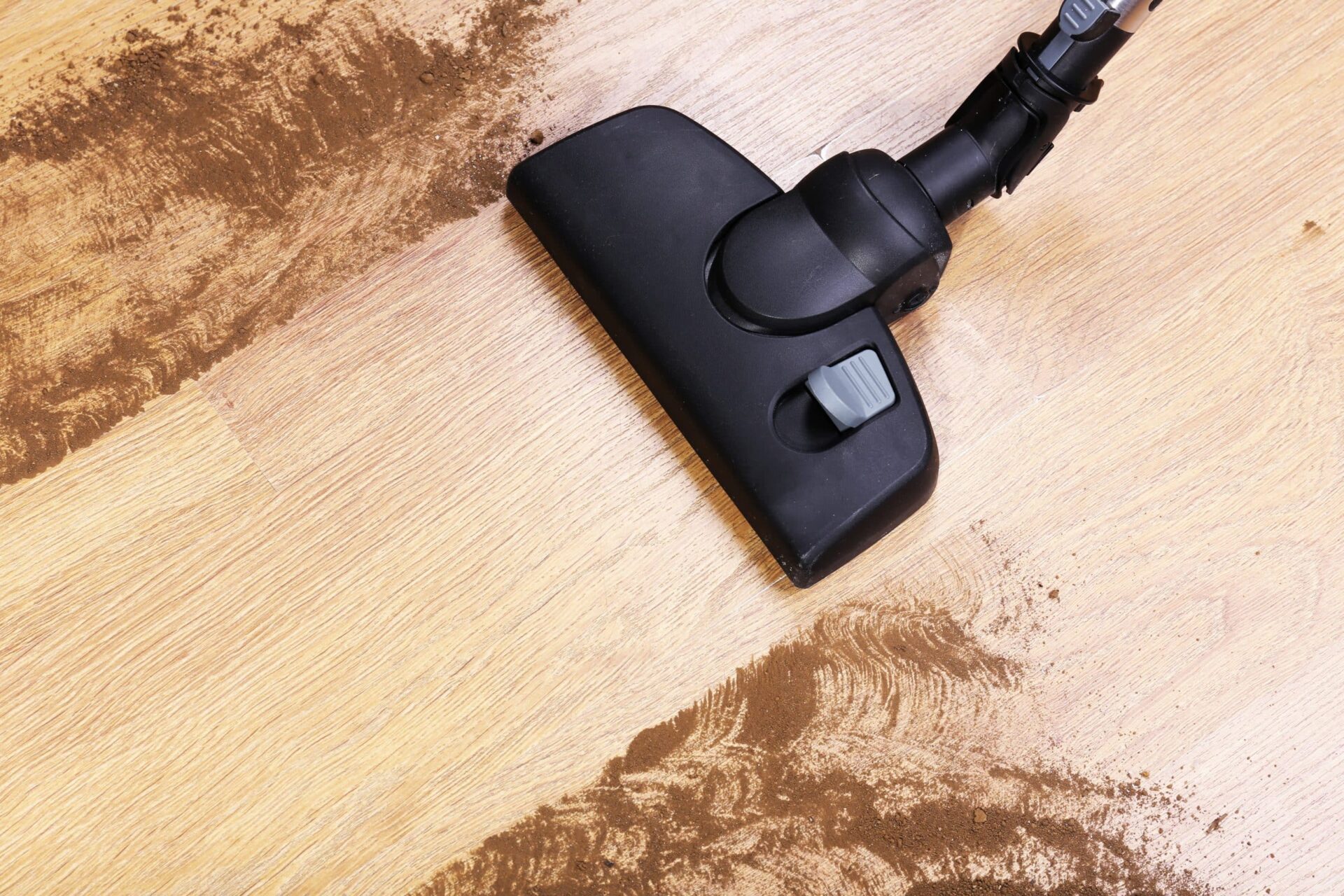
6. Hiring a Professional or Going DIY
While many homeowners choose to tackle wood floor restoration as a DIY project, it’s important to weigh the pros and cons of doing it yourself versus hiring a professional. This section will discuss: a. Assessing your skill level and experience: Are you comfortable handling power tools and working with chemicals? b. Time investment: DIY floor restoration can be time-consuming, especially for first-timers. c. Costs: Comparing the expense of DIY restoration (tools, materials, and equipment rental) versus hiring a professional d. Quality of work: Professionals have the expertise to ensure a high-quality, long-lasting result. e. When to call in a professional: identifying situations where hiring an expert is the best choice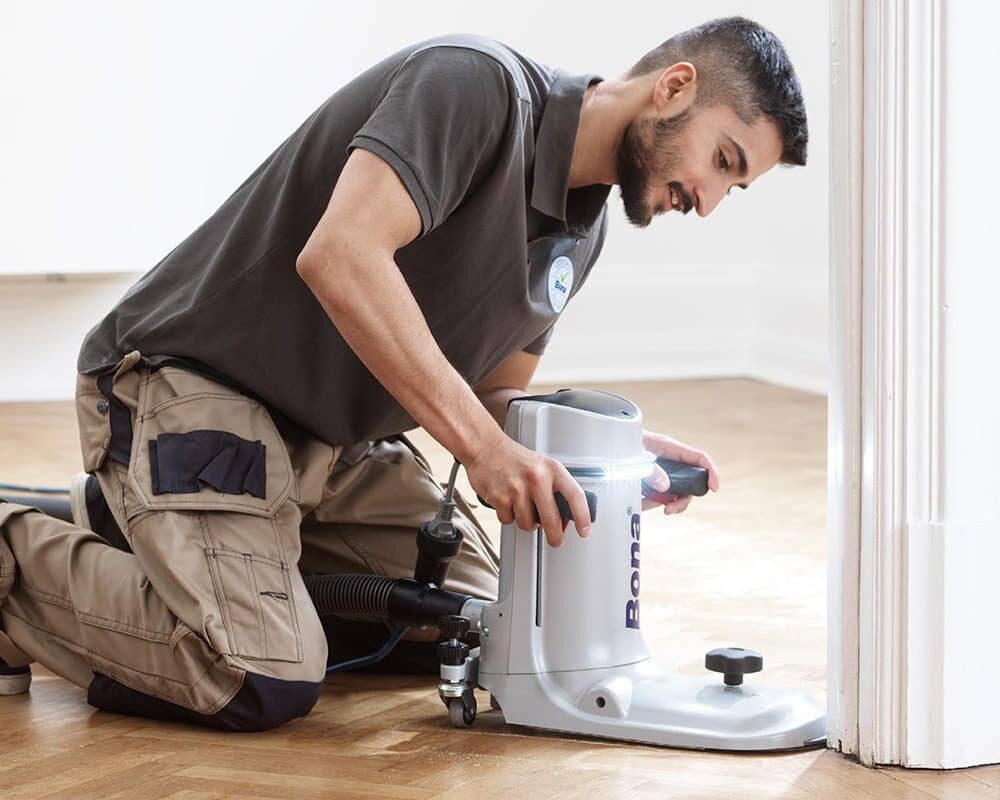
5. Maintaining Your Restored Hardwood Floors
Once your hardwood floors have been restored, it’s essential to care for them properly to prolong their lifespan and maintain their appearance. This section will provide tips for: a. Daily cleaning: sweeping, vacuuming, and using appropriate hardwood floor cleaners b. Preventing scratches and dents: furniture pads, area rugs, and avoiding high heels c. Addressing spills and water damage promptly d. Scheduling periodic maintenance: recoating and refinishing as needed.7. Common Mistakes to Avoid
As you embark on your wood floor restoration project, it’s crucial to avoid common mistakes that can lead to less-than-desirable results or even damage your floors. This section will provide tips for steering clear of these pitfalls: a. Skipping the prep work: the importance of thorough cleaning and repair before refinishing b. Using the wrong sandpaper grit: how to choose the appropriate grit for your floor’s condition c. Applying finish unevenly: techniques for achieving a smooth, even coat of finish d. Rushing the process: Allowing ample time for each stage, from drying between coats to waiting before moving furniture back into the room.Some Useful Links:
Conclusion
Restoring your hardwood floors can be a rewarding and cost-effective way to breathe new life into your home. By carefully assessing the damage, preparing the floor, choosing the appropriate refinishing technique, selecting the right finish, and maintaining your restored floors, you can ensure they remain beautiful and functional for years to come. With the expert tips and essential concerns outlined in this comprehensive guide, you can confidently embark on your wood floor restoration journey and enjoy the stunning results of your efforts. Remember, a well-maintained hardwood floor not only enhances the aesthetics of your home but also adds value to your property. So, invest time and effort into preserving your hardwood floors, and they’ll continue to be a timeless, elegant feature in your home.More from our Blog:
Choosing the Ideal Floor Sanding Company: Key Factors for Quality Results The difference between Natural Hardwax and Water-based Lacquers? Essential Factors for Choosing the Ideal Wood Floor Finish: A Comprehensive Guide
Get more floor restoration advice…
Sanding
We provide virtually dust-free sanding with our continuous belt machinery with mobile extraction units, giving you a safer environment for your family.
Oiling
This organic finish not only adds beauty to your home but also has exceptional water-repellent characteristics, making it easier to clean and maintain.
Waxing
This natural floor finish offers the softest and most mellow appearance – and leaves your floor able to breath.
Buffing
Using soft buffing machines (and hand-polishing where required) will bring a wonderful sheen to your newly-finished floor.
Repairs
We offer a full assessment of your wooden floors to determine what repairs are needed to provide the perfect working surface for the later stages of sanding, staining and sealing.
Restoration
We offer a comprehensive restoration process designed to address floors that are improperly fitted or damaged over time through wear and tear.
Request a fixed price quote for your wood floor restoration now
Simply enter your postcode below to get started.
Services
Wood Floor Sanding Wood Floor Restoration Wood Floor Scratch Repair Squeaky Wood Floor Repair Parquet Floor Sanding Parquet Floor Restoration Commercial Floor Sanding Church Floor Sanding Community Centre Floor Sanding School Floor Sanding Gap Filling Gap Filling with ResinCopyright © Mr Sander®
Privacy & Cookies Terms & Conditions Complaints Procedure Cancellation Rights Sitemap